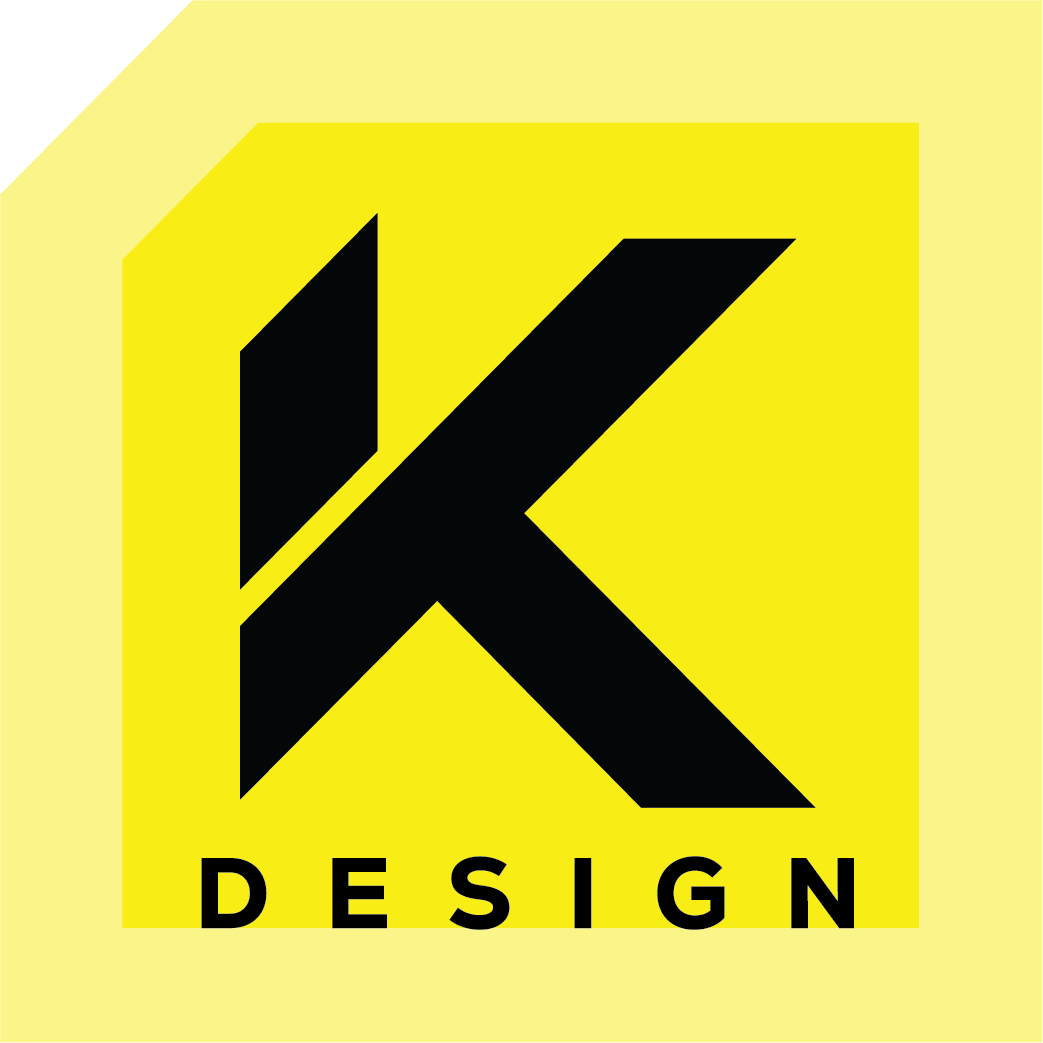In the ever-evolving world of educa A rectangle with an area of 124cm? has a length that is 4 times the width. What is the width? (Round your answer to the nearest tenth.) A) 11.1 cm B) 22.3 cm C) 5.6 cm D) 44.5 cmtion, where details flows generously and accessibility to understanding is only a click away, student-driven encyclopedias are becoming a dynamic device in the discovering procedure.

These systems not only offer students with a database of info yet additionally encourage them to add, edit, and curate material, cultivating a collective and interactive understanding setting.
As instructional standards change in the direction of even more participatory and inclusive models, the concept of student-driven encyclopedias symbolizes this makeover. These systems equip trainees to become energetic individuals in expertise development, connecting the gap in between traditional textbook discovering and modern-day electronic resources.
The Principle of Student-Driven Encyclopedias
Student-driven encyclopedias are electronic platforms where pupils jointly collect, validate, and disseminate details on a vast selection of subjects. Unlike standard encyclopedias, which are often written by specialists, these systems utilize the collective efforts of students to produce a thorough body of understanding.
At their core, student-driven encyclopedias are designed to grow critical reasoning, research study skills, and digital proficiency amongst trainees. By participating in the process of content production, pupils discover to browse and review details critically, abilities that are crucial in today’s information-rich society.
In addition, these platforms function as a room for trainees to discover their passions and share their competence. This autonomous technique to understanding production ensures that a varied variety of perspectives and voices are stood for, improving the learning experience for all individuals.
- Trainees get hands-on experience in research study and web content creation.
- Motivates cooperation and peer interaction.
- Promotes a much deeper understanding of topic.
- Fosters inclusivity and variety in knowledge representation.
Essentially, student-driven encyclopedias transform students from passive receivers of information right into energetic factors, crowdsourced education instilling a feeling of ownership and duty in their instructional trip.
Benefits of Student-Driven Encyclopedias
Among the principal benefits of student-driven encyclopedias is the advancement of essential 21st-century abilities. As students participate in the process of web content production, they sharpen their vital thinking, digital literacy, and interaction skills, every one of which are important in today’s interconnected world.
Additionally, these platforms encourage a collaborative understanding setting, where students can interact to confirm information, discussion various point of views, and co-edit write-ups. This peer-to-peer communication not only enhances learning end results but additionally promotes a sense of area and mutual respect amongst trainees.
Additionally, student-driven encyclopedias use a system for showcasing student work. As trainees contribute to the encyclopedia, they construct a portfolio of their research study and writing, which can be important for more academic and expert searches.
Difficulties and Limitations

Regardless of the many advantages, student-driven encyclopedias likewise face specific challenges. Making certain the accuracy and reliability of info is extremely important, as these platforms rely upon payments from students who may not yet have expert-level understanding.
- Preserving material high quality and accuracy.
- Supplying ample guidance and advice.
- Ensuring equitable access and inclusivity.
To alleviate these obstacles, lots of student-driven encyclopedias implement a system of checks and equilibriums, where material is reviewed by teachers or experts before publication. This ensures that the information offered is both exact and reliable, supporting the honesty of the system.
The Future of Student-Driven Encyclopedias
As innovation continues to advance and the landscape of education develops, the capacity for student-driven encyclopedias is substantial. These systems have the ability to not only enhance conventional academic resources but additionally redefine the way expertise is gotten and shared.
In the future, we could see student-driven encyclopedias incorporating more advanced modern technologies such as expert system and machine learning to enhance material curation and customization. Furthermore, they might increase beyond textual information to include multimedia material, supplying a much more immersive discovering experience.
Empowering the Future Generation
Student-driven encyclopedias hold the assurance of encouraging the next generation of learners. By placing students at the helm of expertise production, these systems encourage long-lasting learning, interest, and intellectual freedom.
In conclusion, as educational systems continue to innovate, student-driven encyclopedias stand as a testament to the power of collaboration and the relevance of trainee agency in the understanding process. By accepting these platforms, we open the doors to a much more inclusive, engaging, and dynamic academic experience for all.
